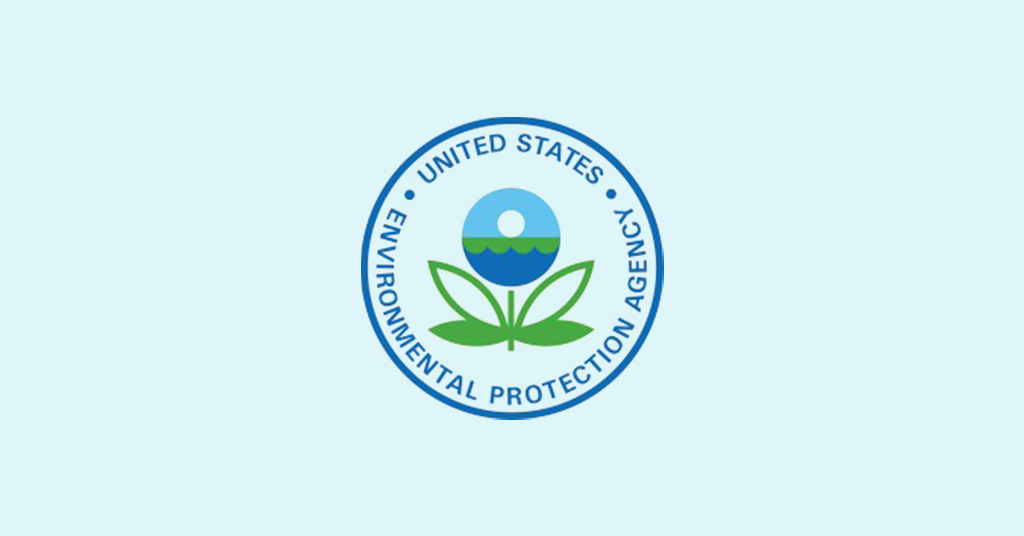Welcome To ChemAnalyst

The U.S. Environmental Protection Agency (EPA) has initiated the process of adding five chemicals, including vinyl chloride monomer (VCM) and acrylonitrile, to its roster of controlled toxic substances. This move is part of a comprehensive effort by the EPA to scrutinize and manage the potential risks associated with these chemicals. The additional three chemicals under consideration are acetaldehyde, benzonamine, and 4,4'-methylenebis(2-chloroaniline).
The EPA clarified that this marks the commencement of an extensive, multi-year review process aimed at evaluating the potential risks posed by these chemicals to both human health and the environment. Vinyl chloride monomer (VCM), predominantly utilized in the production of polyvinyl chloride (PVC), has been identified by the EPA as a substance capable of causing various severe health issues. These adverse effects include the development of cancer, compromised immune function, and neurological consequences.
In a similar vein, the EPA highlighted that exposure to acrylonitrile has been linked to a range of health effects, notably irritation of the respiratory system. Additionally, the agency classified acrylonitrile as a probable human carcinogen, underscoring the urgency of evaluating and mitigating its potential risks.
This prioritization initiative aligns with the EPA's mandate to regulate existing chemicals currently in circulation and assess the necessity of protective measures for human health and the environment. The agency's strategic approach involves a meticulous review process, acknowledging the complexities involved in managing and mitigating the impact of these chemicals on public health.
It's worth noting that the European Chemicals Agency (ECHA) had previously identified risks associated with polyvinyl chloride (PVC) additives, including plasticizers. In response to a directive from the European Commission, the ECHA conducted an assessment of the effects of these materials on humans and the environment. The findings suggested that certain substances incorporated into PVC, coupled with the release of microplastics from the material, could pose potential risks to human health and the environment. Consequently, regulatory actions might be warranted to address these concerns.
The EPA's proactive stance on evaluating and controlling the impact of chemicals like VCM and ANC underscores the significance of safeguarding public health and the environment. The comprehensive review process initiated by the EPA reflects a commitment to thorough assessment and regulatory measures, aligning with global efforts to mitigate the potential hazards associated with certain chemical substances. As this multi-year review unfolds, stakeholders will keenly observe the outcomes and anticipate regulatory actions aimed at ensuring a safer and healthier environment for all.
We use cookies to deliver the best possible experience on our website. To learn more, visit our Privacy Policy. By continuing to use this site or by closing this box, you consent to our use of cookies. More info.
